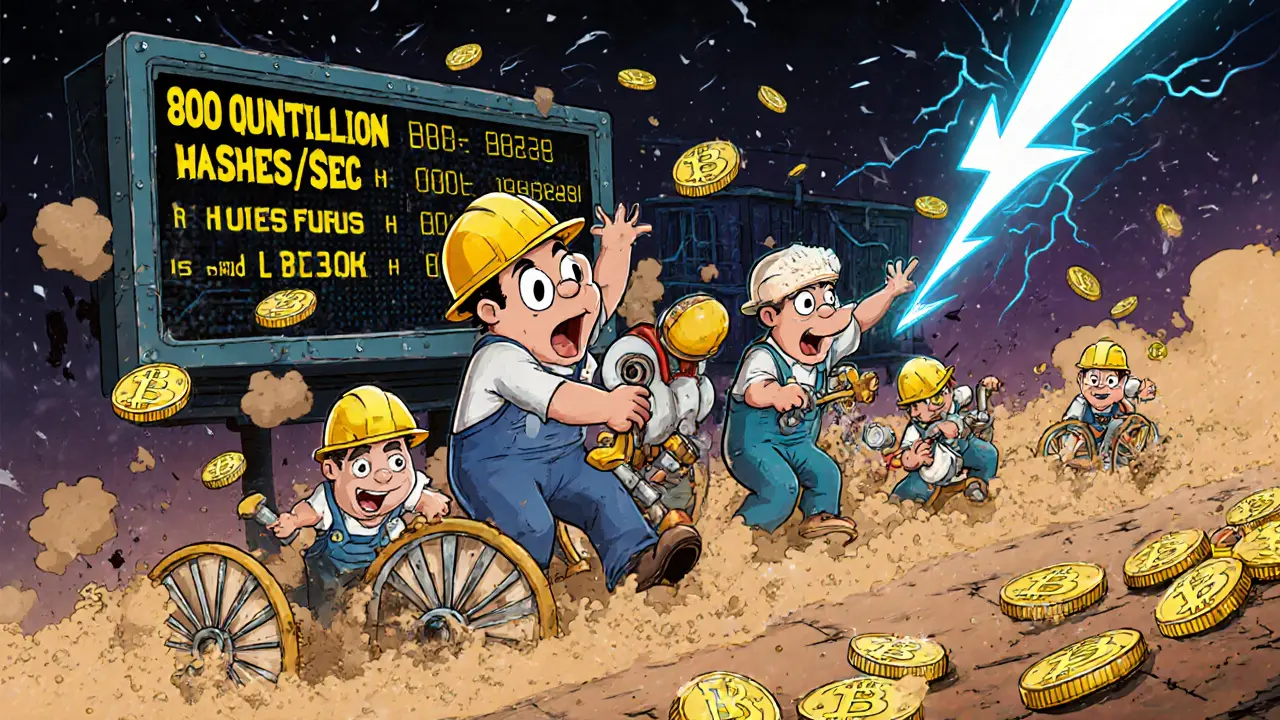Bitcoin Mining: How It Works, Who Does It, and Why It Matters
When you hear Bitcoin mining, the process of validating Bitcoin transactions and securing the network by solving complex cryptographic puzzles. Also known as crypto mining, it’s what keeps Bitcoin alive without banks or central control. It’s not magic—it’s electricity, hardware, and competition. Every ten minutes, a new block gets added to the blockchain, and whoever solves the puzzle first gets rewarded in Bitcoin. That’s the core. No middleman. No approval. Just code and computing power.
But mining hardware, specialized machines built to perform trillions of calculations per second, like ASIC miners from Bitmain or MicroBT. has changed everything. In 2009, you could mine Bitcoin on a laptop. Now, you need racks of machines, industrial cooling, and access to cheap power. That’s why Bitcoin hash rate, the total computing power driving the Bitcoin network. keeps climbing—miners are racing to stay profitable. Countries like Iran use state-backed mining farms to bypass sanctions. Others, like the U.S. and Kazakhstan, attract miners with low electricity rates. The hash rate isn’t just a number—it’s a measure of Bitcoin’s security and global adoption.
And it’s not just about profit. Mining shapes policy, energy grids, and even geopolitics. When the U.S. started cracking down on crypto, miners moved. When China banned mining in 2021, the network didn’t crash—it adapted. That resilience comes from decentralization. No single country or company controls the network because no single entity controls the miners. But here’s the catch: if mining becomes too centralized, Bitcoin loses its point. That’s why people care about who’s running the rigs, where they’re located, and how much power they use.
You’ll find posts here that dig into real-world cases—like how Iran uses mining to evade sanctions, or why some exchanges offer mining-related services even though they’re not miners themselves. You’ll see how mining ties into broader crypto trends, from regulatory shifts to energy debates. Some posts warn you about fake mining schemes. Others explain why certain hardware is obsolete. You won’t find fluff about getting rich overnight. Just facts: what works, what doesn’t, and who’s actually winning.
Whether you’re curious about the tech, the economics, or the politics behind Bitcoin mining, the articles below give you the real picture—no hype, no promises, just what’s happening on the ground. You’ll learn what separates serious miners from scammers, how energy costs make or break profitability, and why mining isn’t going away anytime soon—even if the price drops.

